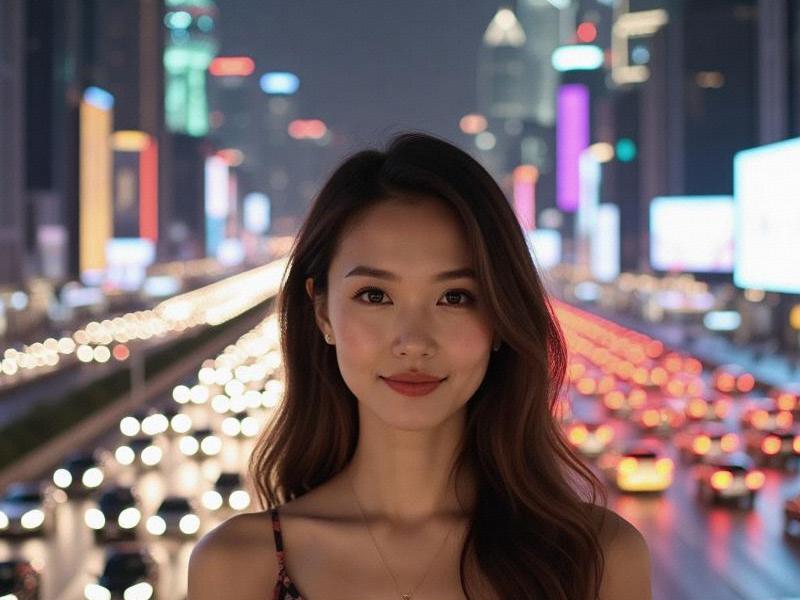An in-depth examination of how Shanghai has become the epicenter of China's beauty revolution, blending traditional aesthetics with modern global influences to crteeadistinctive feminine ideals.

Shanghai's position as China's beauty capital didn't happen overnight. The city's unique beauty standards represent a century-long evolution that mirrors its transformation from colonial concession to global metropolis. Today's Shanghai woman embodies a carefully curated aesthetic that balances Eastern traditions with Western influences - a living testament to the city's cosmopolitan identity.
The foundations of Shanghai's beauty culture were laid in the 1920s Jazz Age, when the city's first modern beauty salons opened along the Bund. Historical records show that by 1935, Shanghai had over 300 cosmetic stores selling both imported French products and locally-made alternatives. This early fusion created what scholars now call "Haipai Meinu" (Shanghai-style beauty) - characterized by pale, flawless skin, delicate features, and an air of sophisticated modernity.
Contemporary Shanghai's beauty industry operates on an unprecedented scale. The city boasts:
• Over 5,000 beauty salons
• 300+ specialized cosmetic surgery clinics
爱上海419论坛 • Asia's largest cosmetics research center (L'Oréal's Pudong facility)
• China's highest per-capita spending on skincare (¥3,800 annually)
The "Shanghai look" has become so codified that plastic surgeons report clients bringing in photos of local news anchors as reference points. The most requested procedures - subtle nose bridges, tapered chins, and "phoenix eyes" - aim to crteeawhat one surgeon describes as "the perfect balance between Chinese heritage and global appeal."
Shanghai's beauty economy thrives on constant innovation. Recent years have seen:
上海龙凤阿拉后花园 1. The rise of "guochao" (national trend) beauty brands like Florasis
2. High-tech skincare incorporating AI analysis
3. Traditional Chinese medicine-inspired products
4. Male grooming becoming a ¥10 billion market
Social media has transformed Shanghai's beauty landscape. Platforms like Xiaohongshu and Douyin feature thousands of local influencers who have turned makeup tutorials into lucrative careers. The most successful, like "Shanghai Michelle," earn over ¥5 million annually through brand partnerships while shaping national beauty trends.
上海品茶工作室
Education institutions have formalized beauty knowledge. Shanghai Jiao Tong University now offers a "Cosmetic Science" degree, while the Shanghai Theater Academy includes image consulting in its curriculum. Even primary schools have introduced basic skincare classes, reflecting how early beauty education begins.
However, this beauty obsession faces growing scrutiny. Feminist groups criticize the pressure on women to conform to expensive standards, while psychologists warn of rising body dysmorphia cases. In response, some Shanghai women are embracing the "bare face" movement, advocating for natural beauty acceptance.
As Shanghai continues its ascent as a global city, its beauty culture offers fascinating insights into China's evolving identity. The choices Shanghai women make about their appearance reflect broader tensions between tradition and modernity, local values and global influences - making the city's mirrors into metaphorical windows on Chinese society's future.